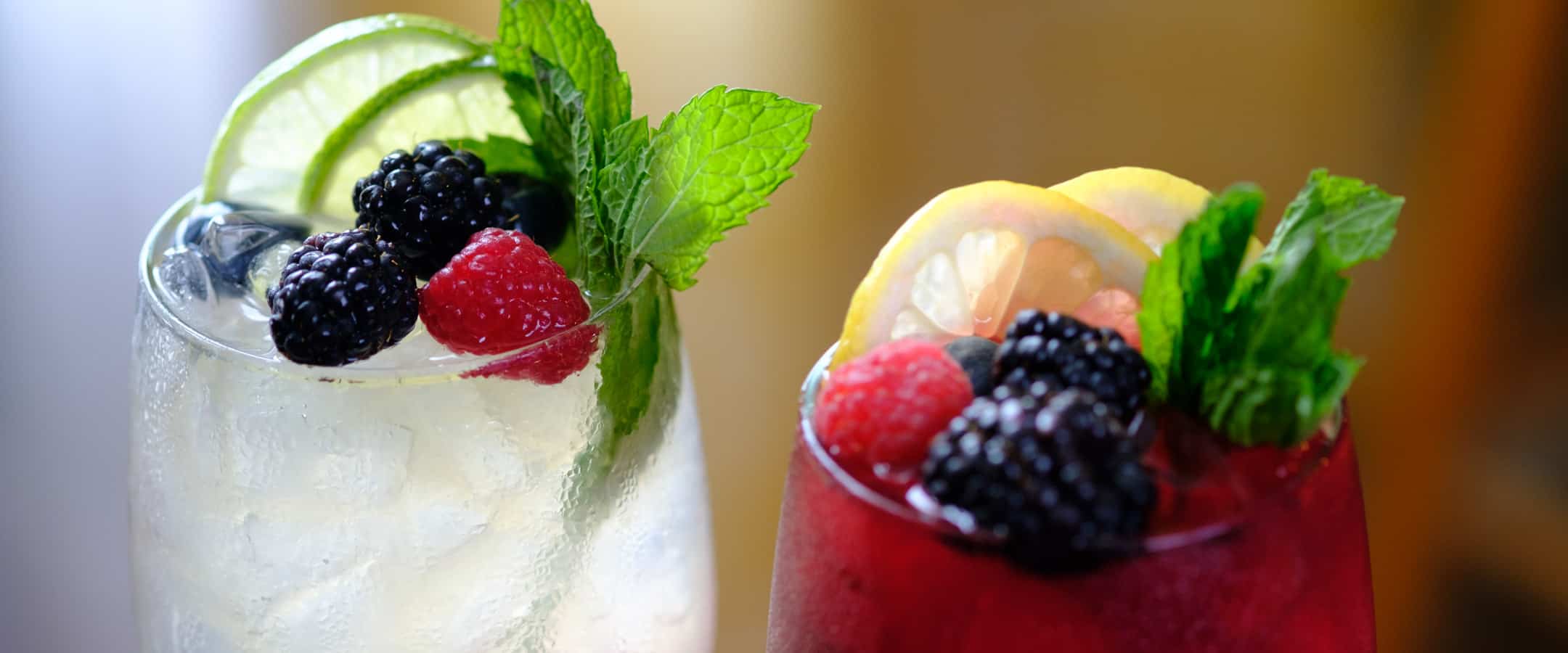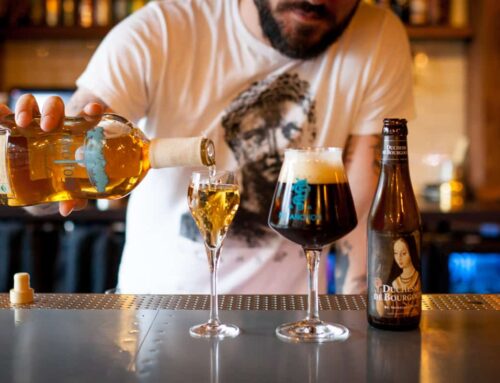Sangria’s reputation can be admittedly polarizing. For some, it will conjure up sour memories of an overly-sweet concoction carelessly slung together to enliven a bottle of cheap wine, its random assortment of sliced fruit bobbing like flotsam in a pitcher of liquid disillusionment. Que triste!
But when made thoughtfully, sangria can be a delicious and refreshing wine punch to enjoy by the glass or by the pitcher. The key is in the ingredients: they must be fresh — and especially the wine. Rather than using spirit, sweetener, citrus, liqueurs, and fruits to mask wine’s undesirable flavors, it’s important to achieve a harmony that works with the wine’s character. Dry red wines add balance to red fruits and citrus liqueurs, and sparkling red or white wines provide a pleasant crispness. But let’s be frank here: sangria is no place for expensive wine. Like an old Single-Barrel Cachaça that is best sipped on its own, a precious bottle of wine is better enjoyed unadulterated. For sangria, a good quality yet economical bottle of wine will suffice.
As a large-format punch, sangria is a perfect party beverage. Although brandy has been conventionally used to give sangria a little extra punch, substituting other flavorful spirits opens a variety of possibilities. In this case, Novo Fogo cachaça — either in silver or barrel-aged form — adds an identifiable layer of fresh sugarcane flavor. Here are two recipes for a basic red and white sangria, with Novo Fogo Chameleon and Novo Fogo Silver Cachaças, respectfully:
BRAZILIAN RED SANGRIA
1.5 parts Novo Fogo Chameleon Cachaça
1 parts lemon juice
0.5 parts orange liqueur
0.5 parts honey syrup
3 parts dry red wine
Combine all ingredients with ice and garnish with seasonal berries and fruit.
BRAZILIAN WHITE SANGRIA
1.5 parts Novo Fogo Silver Cachaça
1 parts lime juice
0.5 parts elderflower liqueur
0.5 parts agave nectar
3 parts sparkling white wine
Combine all ingredients with ice and garnish with seasonal berries and fruit.




